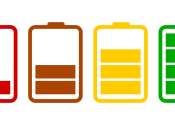New 3D microbatteries stand up to industry standard thin-film counterparts
The thin-film lithium-ion batteries used in microdevices such as portable and medical electronics may supply a good amount of power relative to their mass, but do not provide enough power for many devices due to their limited ...
Apr 6, 2021
0
92









